Description
Binders:
The binder used for Charbonnel colors is stand oil. This is polymerized linseed oil, i.e. oil which has been heated so as to be thicker. This linseed oil yellows only very slightly with age and is archival. The more the oil is cooked, the more viscous it will be. This viscosity is measured in poises. A high poise number indicates a high viscosity.
Charbonnel colors all contain a 30 poise stand oil (medium viscosity).
Some blacks also contain 200 poise stand oil. These varied viscosities allow different techniques and results: black 55985, for example, will be difficult to wipe due to its high viscosity but will enhance the bards of the dry points. It is ideal for dry point and aquatint. Charbonnel intaglio inks contain no additives (siccatives or wax). This gives them optimal intensity and qualities. Artists can add a siccative if desired for example. It is always easier to add a product than to remove one.
Wiping:
Charbonnel inks are more or less easy to wipe depending on their viscosity and the pigment used.
Some blacks are difficult to wipe due to their high poise rate. All the colors contain a 30 poise stand oil. Some shades such as Prussian blue are difficult to wipe because of their pigment. The wiping can be improved by adding a little linseed oil to the shade before applying it to and heating the plate (mainly in winter).
Consistency:
The consistency of Charbonnel colors is identical; from the new 60ml tube to the 200ml pot. The consistency of a Charbonnel intaglio ink co lour is measured by its viscosity which will vary slightly depending on the pigment used and for the blacks according to the viscosity.
The adhesion and thickness of an ink can be reduced by adding linseed oil which will make wiping easier. The thickness of the ink can also be reduced with 30 or 60 stand oil. In this case the ink will remain thick (useful if the ink is wiped too easily). If the ink is thought to be too fluid, the user may add a white transparent base.
Siccative Properties “Drying”:
The intaglio colors are like oil colors, they dry by oxidation. However, because the thickness of an ink in an engraving is generally less than for an oil painting, it will take less time to dry. In addition, paper absorbs more paint than a canvas. You should allow about two weeks for the paint to dry thoroughly.
Opacity:
The opacity or transparency of a Charbonnel ink will vary depending on the pigment used. This characteristic is very important for the creation of work with several plates. An opaque color applied on a transparent color will not have at all the same effect as, for example, two transparent colors applied on each other.
Conservation:
Charbonnel inks can be kept for years in their boxes or tubes. If the greaseproof paper which is placed on the ink in the boxes is damaged, it should be replaced by another to prevent the upper layer of the paint drying.
Table of Charbonnel Etching Inks:
| THUMBNAIL | COLOUR | COMPOSITION | VISCOSITY/
WIPING ABILITY |
ADDITIONAL INFORMATION |
| Carbon Black | Carbon Black
PBk6-PBk7 |
Low viscosity.
Easy to wipe. |
Can be used in particular for test print runs. | |
| Soft Black | Ivory Black
PB9k |
Low viscosity.
Easy to wipe. |
Very supple black.
Can be used for lowering the tones of a plate which is too heavily etched. |
|
| Black (55981) | Ivory Black, Carbon Black
PBk9-PBk7 |
Very viscous. Easier to wipe than 55985. | Universal supple black. | |
| Black (55985) | Ivory Black, Carbon Black, Prussian Blue
PBk9-PBk7-PB27 |
Highly viscous. Difficult to wipe. | Very deep, slightly blue black.
Can be used to strengthen the other blacks. |
|
| Black (58995) | Carbon Black
PBk7 |
Low viscosity.
Easy to wipe. |
Can be used in particular for test print runs.
“Cleaning black” for the plate. |
|
| Black F66 | Ivory Black, Carbon Black
PBk9-PBk9 |
Low viscosity.
Easy to wipe. |
Medium intensity. | |
 |
Sanguine | Synthetic Iron Oxide
PR101 |
Medium viscosity.
Easy to wipe. |
A brown with hints of red.
Drying time: approx. 5 days. |
 |
Warm Sepia | Sodium Aliminosilicate Ivory Balck Synthetic Iron Oxyde
PB29-PBR9-PR101 |
Medium viscosity.
Easy to wipe. |
A brown with hints of red.
Drying time: approx. 5 days. |
 |
Bistre | Iron Oxide, Azo Yellow, Carbon Black
PR101-PBk6-PY3 |
Medium viscosity.
Easy to wipe. |
A brown with hints of red.
Drying time: approx. 5 days. |
 |
Gold | Natural Bronze base pigment. | Very viscous.
Relatively easy to wipe. |
Do not mix these colours so as not to reduce their effectiveness. Attention should be paid to risks of gold paint oxidation, particularly when used with copper plates. |
 |
Silver | Aluminum base pigment. | Very viscous.
Relatively easy to wipe. |
Do not mix these colours so as not to reduce their effectiveness. |
Etching is a printmaking technique capable of producing atmospheric tonal prints. The technique can be used on its own or combined with many others – there are endless creative possibilities. In this article we describe how to get started with etching and explain the various materials and tools you need to create your first print.
Etching is an intaglio printmaking technique, where acid or other corrosive chemicals are used to incise lines or marks into a metal plate. An acid resistant ground (or resist) is applied to the surface of the plate, and an image is scratched or drawn through the ground to expose the metal underneath it. The plate is then placed in an acid bath for a period where exposed marks are etched away. Ink is applied to the plate, and pushed into the etched lines before being placed in a press, where it is printed onto damp paper. The resulting prints often have rich, velvety lines and a range of tones which stand alone or can be combined with a range of other printmaking techniques.
Etching tools of various sizes can be used to make marks in the etching ground. Using a variety of etching needles allows you to create lines of varying widths and depths. It is like using a pen without ink, and they have metal points to scratch into the etching ground.
Etching ink is stiff, highly pigmented and designed to stick to the grooves and indentations in the plate. There are a variety of different types and brands of etching ink, and they generally fall into two categories – traditional oil based ink and watersoluble etching ink.


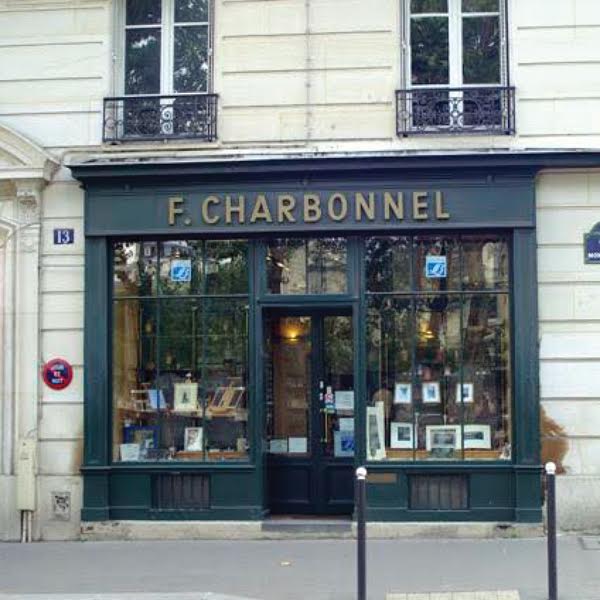
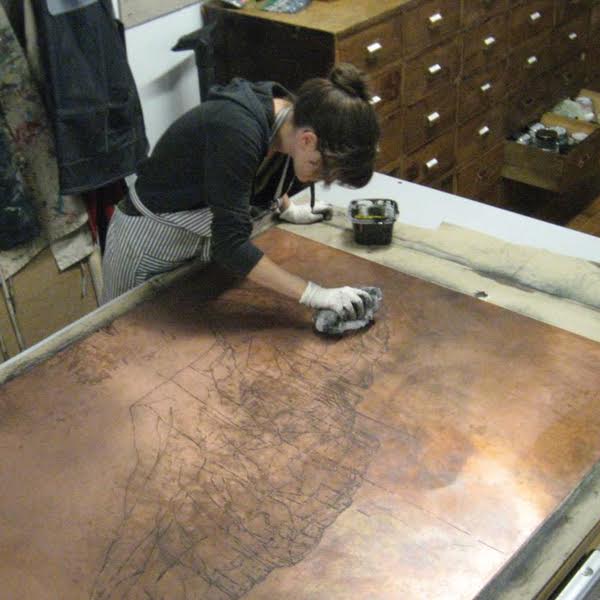


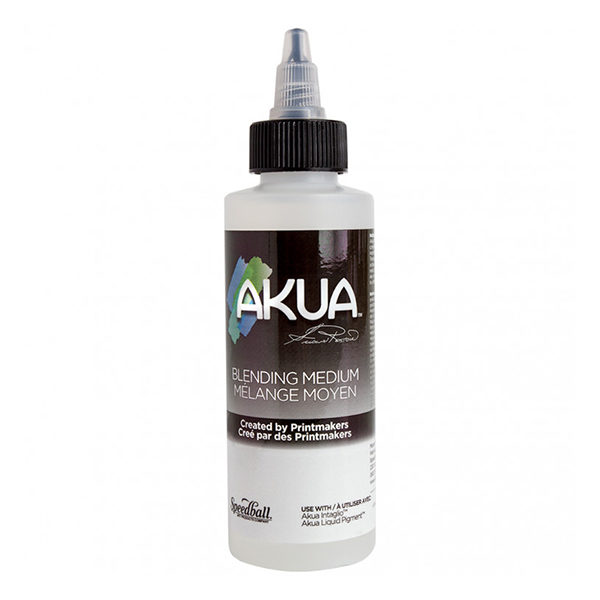
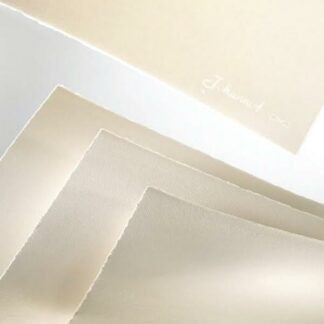
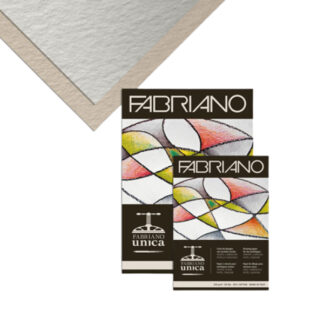
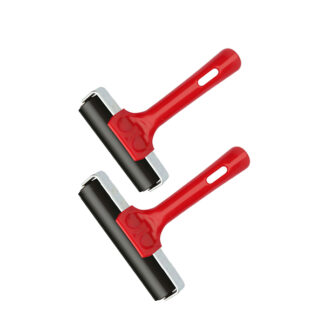

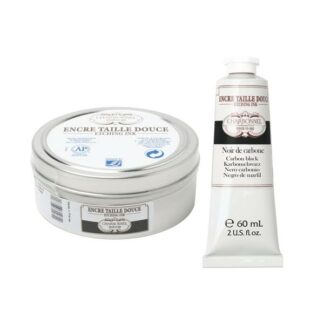
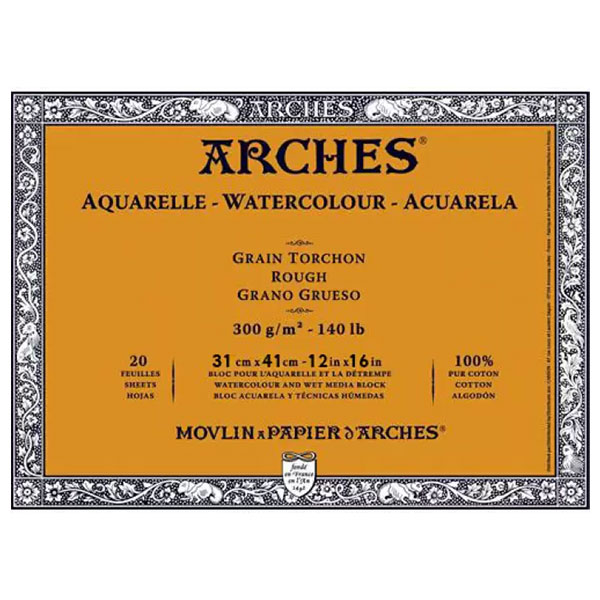
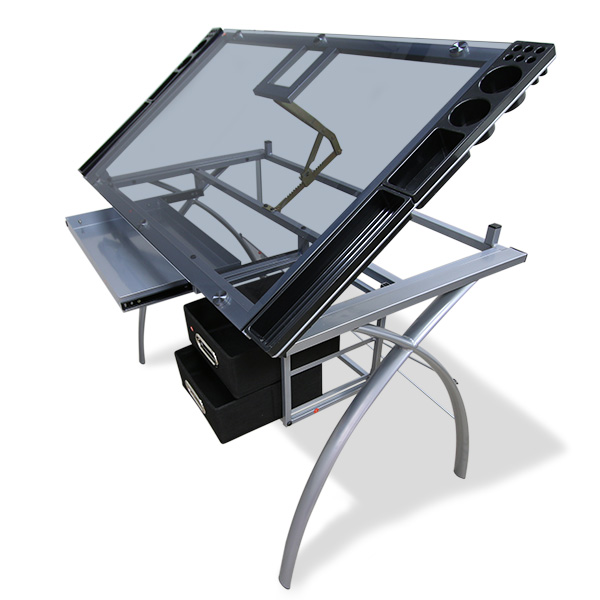

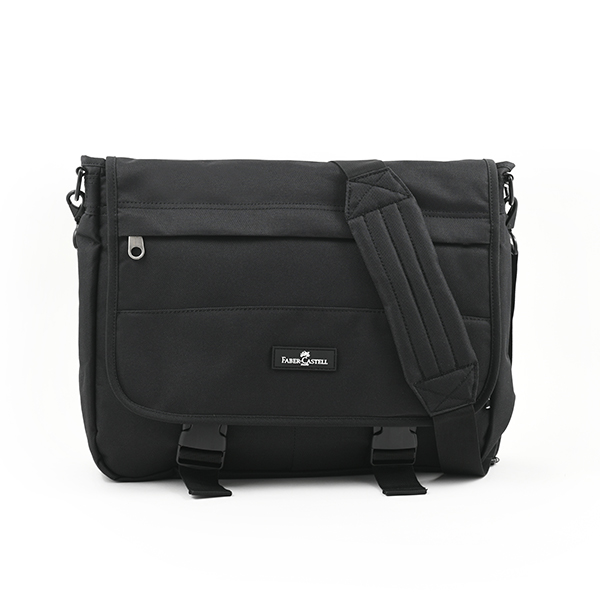

Reviews
There are no reviews yet.